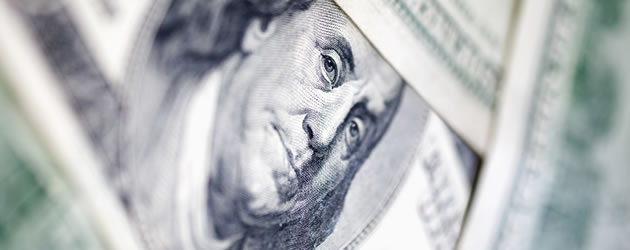
After investors bet that the central banks of nations from across the world will continue with stimulus methods in an effort to support the global economy, the appeal of higher-risk assets rose while the attractiveness of safe-haven assets like the US Dollar lessened.
The US Dollar Exchange Rate was trading in the region of 99.4100 against the Japanese Yen as of 15:50 pm GMT
The ‘Greenback’ slid against many of its main currency rivals, including the Euro, British Pound and Japanese Yen.
Meanwhile, the Yen was boosted by data which showed that foreign bonds were being sold by Japanese investors.
The Bank of Japan’s decision to double its monthly bond purchases also improved the outlook of commodity-driven nations, triggering gains in currencies including the Australian, New Zealand and Canadian Dollars.
The US Dollar failed to recoup losses following the release of first time jobless claims data. Although unemployment claims fell to 346,000 in the week ending April 6 (a drop of 42,000, which was better than economists expected and reversed the jump recorded the previous week) the ‘Greenback’ continued to trade lower against many of its counterparts.
This positive result is especially welcome given the disappointing employment data coming out of the US of late, but some industry experts are remaining pessimistic about the state of the US labour market.
According to economist Ian Shepherdson: ‘The March payroll slowdown was due mostly to slower hiring among very small firms. By contrast, claims fell sharply between the February and March payroll surveys, and hence proved very misleading. Treat the data with caution.’
The less volatile four-week moving average of new claims showed an increase of 3,000 taking the figure to 358,000.

Comments are closed.